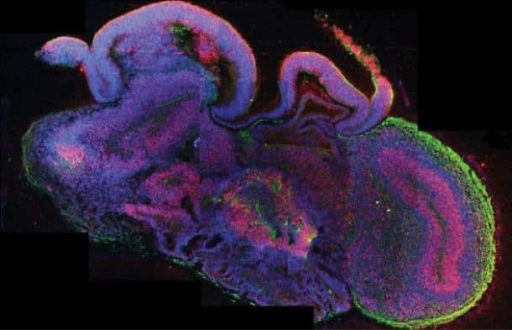Many of us know a whole lot about internet but a biologist and a computer scientist at Stanford has been able to figure out what an ‘anternet’ is. Anternet essentially refers to the behaviour of the ants when they head out to gather food. A new research says that they behave exactly as internet traffic protocols.
When a special species of ants, harvesters, have to head out of their nest, they don’t go out altogether. Rather, they follow a specific pattern to decide how many ants should head out at a given time. This pattern, the researchers have found out, it much the same as the internet protocols that control the traffic online.
Deborah Gordon, a biology researcher at Stanford, first came up with the notion of studying the behaviours of harvesters. She then called Balaji Prabhakar, a computer science professor at Stanford, on board to study it with her.
According to Balaji, initially he couldn’t figure out how his field was related to this study but then, “The next day it occurred to me, ‘Oh wait, this is almost the same as how [Internet] protocols discover how much bandwidth is available for transferring a file! The algorithm the ants were using to discover how much food there is available is essentially the same as that used in the Transmission Control Protocol.”
TCP is a very popular algorithm that is actively used around the world to control online traffic. The basic premise behind TCP is that when sending a file from one destination to another, each file is broken into packets. The final destination, when it receives each of these packets, then sends back an acknowledgement that it has received the packet.
In this way, if the data reception is slow, TCP slows down the rate at which data is being sent so as not to congest the bandwidth. The harvesters kind of imitate this pattern. When initial foragers head out of the nest to search for food, they return faster if there is plenty. Consequently, more foragers head out of the nest to go look for good.
On the other hand, if the food is scarce, the foragers return slow and empty-handed. And other foragers do not normally venture out of the nest then. These foragers also imitate two other TCP features, namely slow start and time out.
In time out, if the link is broken, no more data is being sent. Similarly, if a forager doesn’t reach back to the nest within 20 minutes, no more foragers are dispatched.
Gordon believes that they very ways in which we need to create complex systems are already being used by natural species for millions of years. According to her, “So ant algorithms have to be simple, distributed and scalable – the very qualities that we need in large engineered distributed systems. I think as we start understanding more about how species of ants regulate their behavior, we’ll find many more useful applications for network algorithms.”
Source: Research paper
Courtesy: Stanford
[ttjad keyword=”hot”]




Anternet essentially refers to the behaviour of the ants when they head out to gather food.
http://mattresstopper.com/